N-1ws #24: Wireless pressure sensors from Zipp, higher retail prices, and growing support for Clik Valve
Also: Some good news for a change, plus a review of Appleman’s intriguing 2XR modular crankset.
Featured in this week’s tech round-up:
Bike maintenance advice from Benjamin Franklin.
Zipp embraces integrated electronics in its latest carbon aero road wheels.
SRAM has a mechanical-to-electronic upgrade kit.
Shimano announces tariff-related price hikes …
… and so does Otso.
Wolf Tooth Components introduces bottom brackets, commits to Clik Valve.
Pirelli’s new all-road tire was inspired by motorcycles.
Coros unveils an in-house repair program for busted computers and watches.
Silca gets into the grease game.
Rocky Mountain and Revel Bikes both found buyers …
… and Ari found a whole bunch of its stolen bikes.
My review of the Appleman 2XR modular crankset.
Stop throwing away your brown sugar.
I just treated myself to a new bike: a Specialized Status 2 170 to replace my trusty old Canyon Torque AL 6.0. I bought the Canyon in 2018 to ride in the bike park, and it’s been a wonderful companion, saving me from countless cased landings, encouraging me to push and learn, keeping me safe when my lack of skill might otherwise have yielded a far poorer result.
I’ve asked a lot of it, and it’s asked very little of me in return.
It’s certainly seen some use – and has occasionally required some love – but I’ve made sure to provide it when needed. Wheels trued, tires replaced, suspension lubricated and overhauled, pivot bearings checked, pads replaced and fluids bled, chains cleaned and waxed, various creaks and ticks and noises nipped in the bud.
As I was giving it a final clean the other day to get it ready to sell, I couldn’t help but feel pretty satisfied at how good it looked. Sure, there were some chips in the paint, some stubborn dried-on sealant, and a handful of scratches. And yep, the rear wheel could be just a wee bit happier. But by and large, it’s in great shape and I’m confident it’ll serve its next keeper just as well as it did me. However, it didn’t arrive at this point by accident.
Benjamin Franklin coined the phrase, “An ounce of prevention is worth a pound of cure,” in a letter he wrote to The Pennsylvania Gazette in 1735. In that letter, he described various small steps citizens could take to prevent fires, which were most definitely not something to be taken lightly back then. Buildings were basically made of kindling and tightly packed in those old American cities, fireplaces and wood-burning stoves were common, and since fire suppression technology comprised little more than literally buckets of water, even small mishaps could quickly erupt into blazing infernos that would incinerate entire blocks.
Even a city like Philadelphia didn’t even have an official fire department until 1871.
I’m guessing Franklin didn’t also have bicycles in mind when he wrote those now-famous words, but they apply all the same.
I wrote in a newsletter back in January about the importance of regularly maintaining your mountain bike suspension components, and especially how it can prevent much more costly bills down the road. That philosophy isn’t just for suspension components, though; it’s an important thing to keep in mind for bikes in general.
We buy new bikes for all sorts of different reasons. In my case, I wanted a more modern geometry that was closer to my other mountain bikes, as well as a mullet wheel setup – neither of which I could have easily added to my old Canyon. Plus, let’s be real here; seven years for a mountain bike is a pretty solid run, and I was ready to try something different.
More often, though, it seems we’re motivated to get new bikes simply because our old ones just feel old. Things don’t work the way they used to, it’s visually beat-up, perhaps replacement parts are getting harder to find. Wear and tear is a very real thing, of course, but we also sometimes fall out of love with our bikes purely out of neglect. In other words – and quite ironically – it’s because we’re too busy loving our bikes that we don’t give them the care they deserve. We’re so preoccupied with enjoying them that we stop listening to them. We don’t take the time to fix little things before they become big ones, and we let big ones add up into even bigger piles that eventually just seem too daunting.
The degradation is slow, but it’s occurring nonetheless.
Maintenance is never fun (and I say that from the perspective of someone who desperately needs to replace the pads and rotors on my car – definitely no fun). Downtime is never fun. Buying parts just to get back to the status quo is never fun. But that said, I’m a massive believer in the long-term payoff of staying on top of things.
The fork and rear shock on that Canyon have always felt good. The gears have always worked the way they’re supposed to. The brake levers have never pulled all the way to the bars. It’s exactly because I’ve invested those little chunks of time and money over the years that I have a bike now that looks and works as good as it does.
There’s a big difference between buying a new bike because you need to vs. buying a new one because you have to.
Ounces vs. pounds.
In the news
It’s a big round of news this week (particularly after sitting out last week), so make sure to get that second round of coffee going.
Zipp treats its road wheel collection to a major glow-up
The spiel: Well, the folks at Zipp have clearly been pretty busy with the announcement today of several key updates to its family of aero carbon fiber drop-bar wheels.
The flagship 353 NSW retains its trademark sawtooth rim shape, but it’s been adapted for use with 30 mm (actual width) tires with a shallower 35/40 mm depth and a revised cross-section that Zipp says works better aerodynamically across a wide range of yaw angles. Internal rim width remains at 25 mm – and yes, they’re still hookless – but the laminates and materials have also been revised for a supposed 16% increase in impact resistance. Even so, Zipp doesn’t approve the new 353 NSW for gravel use.
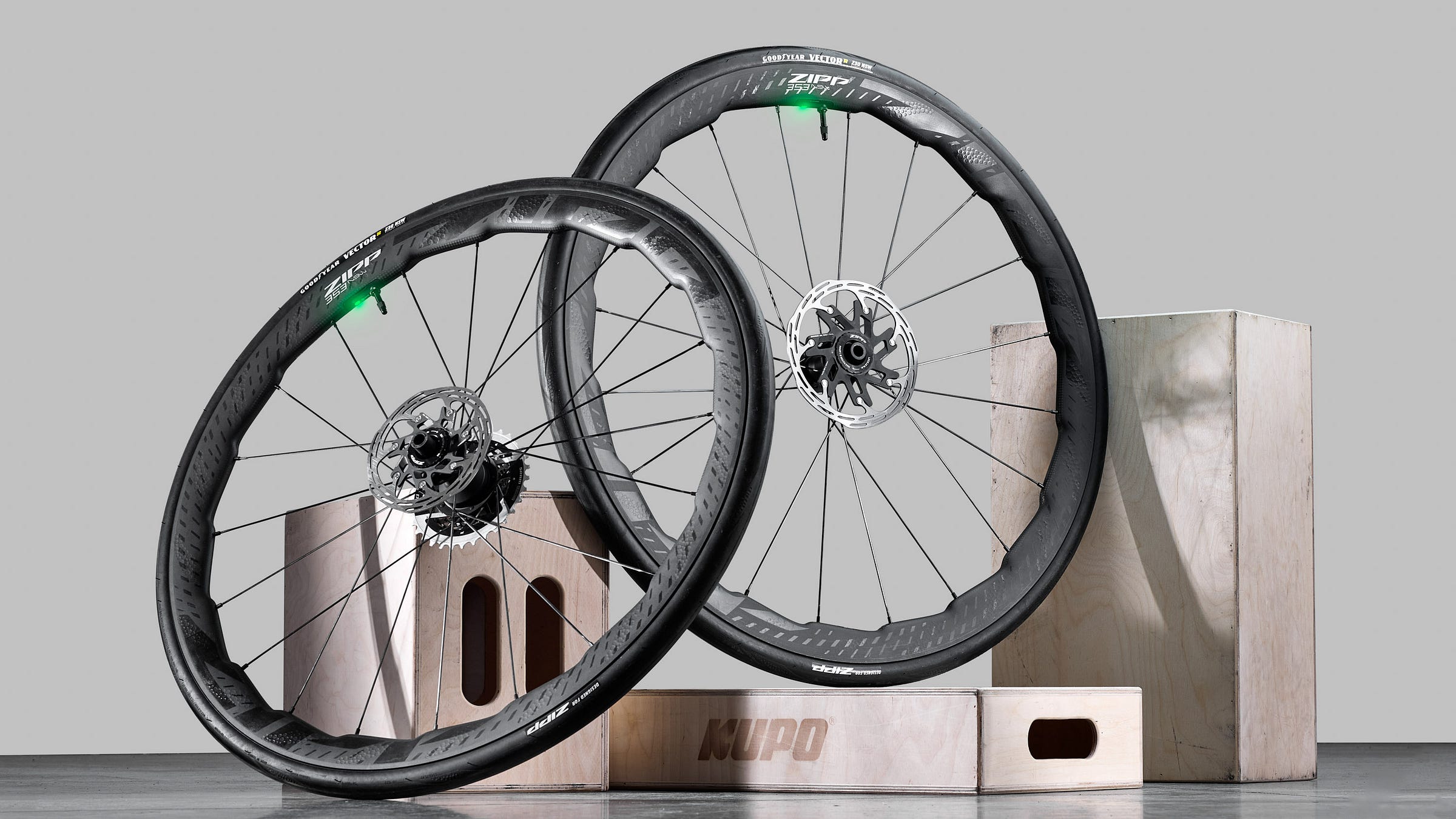
The previous Cognition family of hubs with their finicky ratchet-style driver mechanism has been replaced by a lighter-weight version of Zipp’s more conventional (and apparently more reliable) ZR1 design. The 304-gram (per pair) ZR1 SL features a six-pawl driver with two offset trios for a 5.5° engagement speed, plus standard “weather-resistant, low-drag [hybrid] ceramic bearings.”
These changes are all well and good, but perhaps the more intriguing addition to many will be the standard wireless tire pressure sensors. Unlike earlier TyreWiz products from SRAM, these are housed in dedicated pockets that are molded directly into each rim; aside from the valve stem, nothing protrudes at all.
The Zipp AXS Wheel Sensor (basically a Zipp-specific version of SRAM’s existing TyreWiz technology) sends tire pressure information in real time to either the SRAM AXS smartphone app or a variety of compatible head units for precise pressure readouts that display in 0.1 psi resolution. A built-in multi-color LED also offers a quick ‘go/no-go’ indication of whether your tires are within your defined pressure range so you know at a glance if your tires are ready for a ride.
Data nerds will be able to analyze tire pressure data post-ride with information embedded into commonly used .fit files, and the use of larger CR2032 batteries instead of the CR1632 cells in older TyreWiz units should yield a roughly 60% boost in run time. The new sensors will also work with standard tubes if you get a flat that can’t be fixed with sealant and/or plugs.
Total claimed weight for the new Zipp 353 NSW is 1,310 g, and retail price is a whopping US$4,300 / £3,500 / €3,900 / AU$7,390.
Next up, the 303 SW (previously 303 Firecrest) gets similar revisions with updated external rim shapes for improved performance with wider tires (but with the same 40 mm depth and hookless tire bed as before), a 10% increase in impact strength, the same integrated tire pressure sensors, and more robust stainless steel bearings in the otherwise-carryover ZR1 hubs.
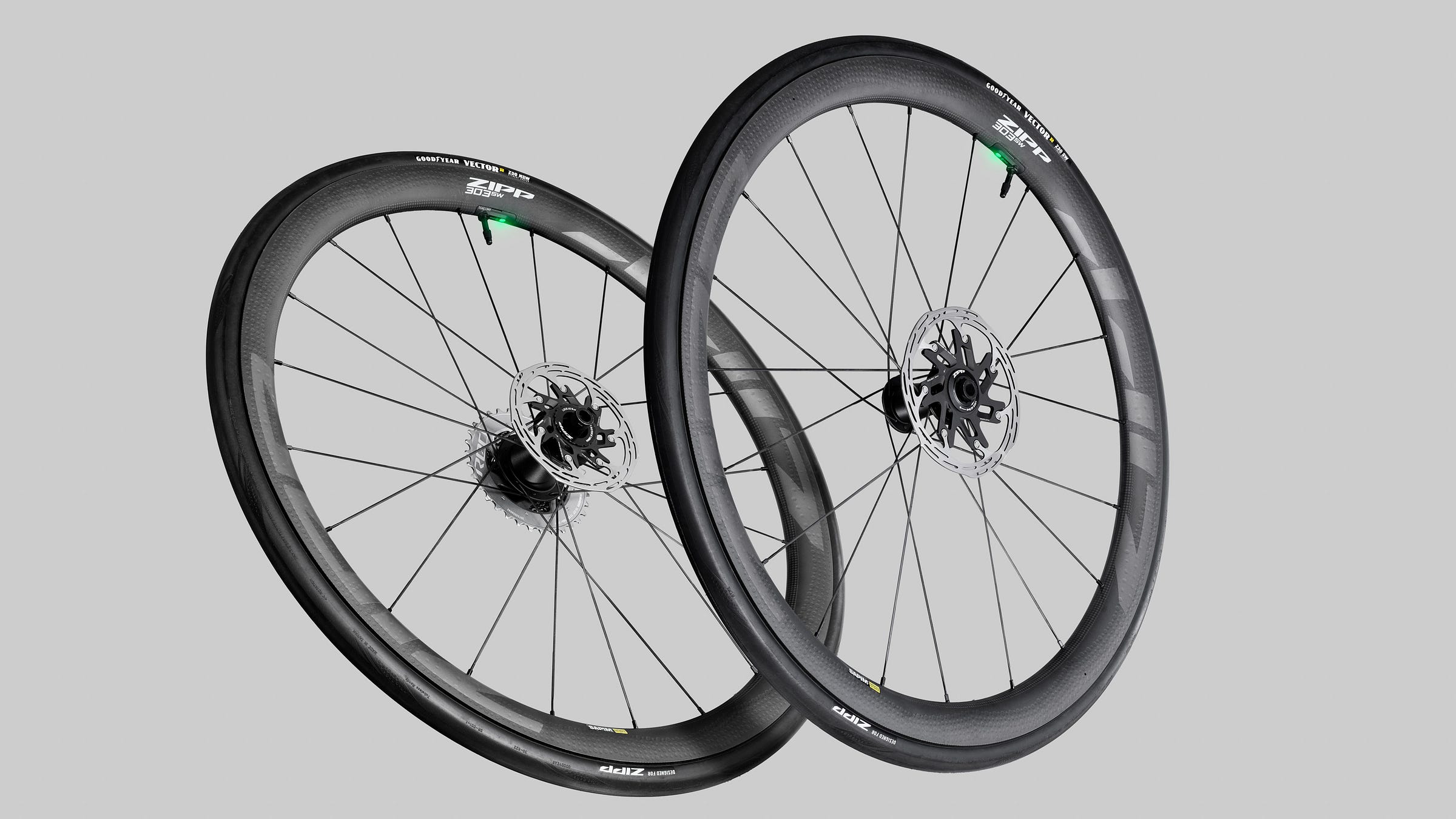
Claimed weight for these is 1,440 g – about 40 g heavier than the previous version – and retail price is US$2,200 / £1,700 / €1,900 / AU$3,350.
The 454 NSW and 858 NSW wheels use the same rims as before – still optimized around 28 mm tires – but as with the 353 NSW, the new ZR1 SL hubs will replace the previous Cognition ones. Sorry, no tire pressure sensors to be found here.
Claimed weight for the 454 NSW is 1,400 g while the 858 NSWs are 1,500 g. Retail price for either set is US$4,200 / £3,400 / €3,800 / AU$7,220.
And hey, have I mentioned yet that there are a couple of new Zipp-specific Goodyear tires, too? I did say the Zipp folks have been busy, after all.
The new Goodyear Eagle F1 R Z29 Zero is intended for Zipp’s 23 mm-wide rims (like the 404 and 454), with a molded-in rubber lip to help smooth the transition between tire and hookless rim, and a dedicated shape for the 29 mm-wide 180 TPI nylon casing for “an aerodynamic profile that cuts through the air effortlessly.” Claimed weight is 270 g.
And finally, there’s the new Goodyear Vector R XPLR, featuring a far more generous 40 mm (as measured) width, 120 TPI tubeless- and hookless-compatible reinforced nylon casing, and subtly textured (but still basically slick) tread for riders that want to “push past the limits of perfect pavement.”
Retail price for either of the new made-for-Zipp Goodyears is US$90 / £90 / €100 / AU$155 each.
My take: Wow, there’s a lot to take in here.
From a tech standpoint, the integrated pressure sensors on the new 353 NSW and 303 SW are unquestionably neat, and the red/green go/no-go LEDs are convenient (and quick) indicators if your tire pressures are where you want them to be before rolling out. Combined with the superb air retention of Goodyear tubeless tires, I can see this being genuinely useful.
The system is not without some quirks. Zipp has thankfully engineered the sensor such that any standard Presta valve stem will fit – an essential in case of a major puncture or cut. However, unless you use Zipp’s special TPU tube (one of which is thankfully included with each wheel), the pressure sensor won’t register any information – and since that tube has a couple of tiny holes in the valve stem, it won’t work on other wheels, either.
Zipp also suggests adding tire sealant either directly into the tire (with one bead partially unmounted) or with the included injector, which uses a small-diameter plastic straw that bypasses the sensor ports to keep them from clogging.
As promising as this sounds, I don’t love that Zipp is forcing your hand on this – only on these two models for now, but surely on others later. Goodyear tires are genuinely fantastic in terms of air retention, but most other tubeless tires require more frequent top-offs. As such, those LED indicators won’t be as informative (as they’ll more often be red before a ride), and while riders who are already used to consulting their smartphones for most aspects of their life will probably have no qualms about incorporating yet another sensor or widget into their routine, I personally would prefer to use my phone less, not more. And sure, the switch to CR2032 cells is a good move, but it’s still two more batteries to deal with.
Regardless of your own position on the tire sensors, the fact of the matter is that the aero road wheel market is not only getting more crowded, but more cutthroat in terms of pricing. There was a time when the shape revisions to the 353 NSW and 303 SW alone might have been enough to keep Zipp ahead of the pack, but those days are long gone. Zipp (and other legacy premium brands) clearly needs to work harder now to set itself apart from the competition, and this is certainly a way to do it.
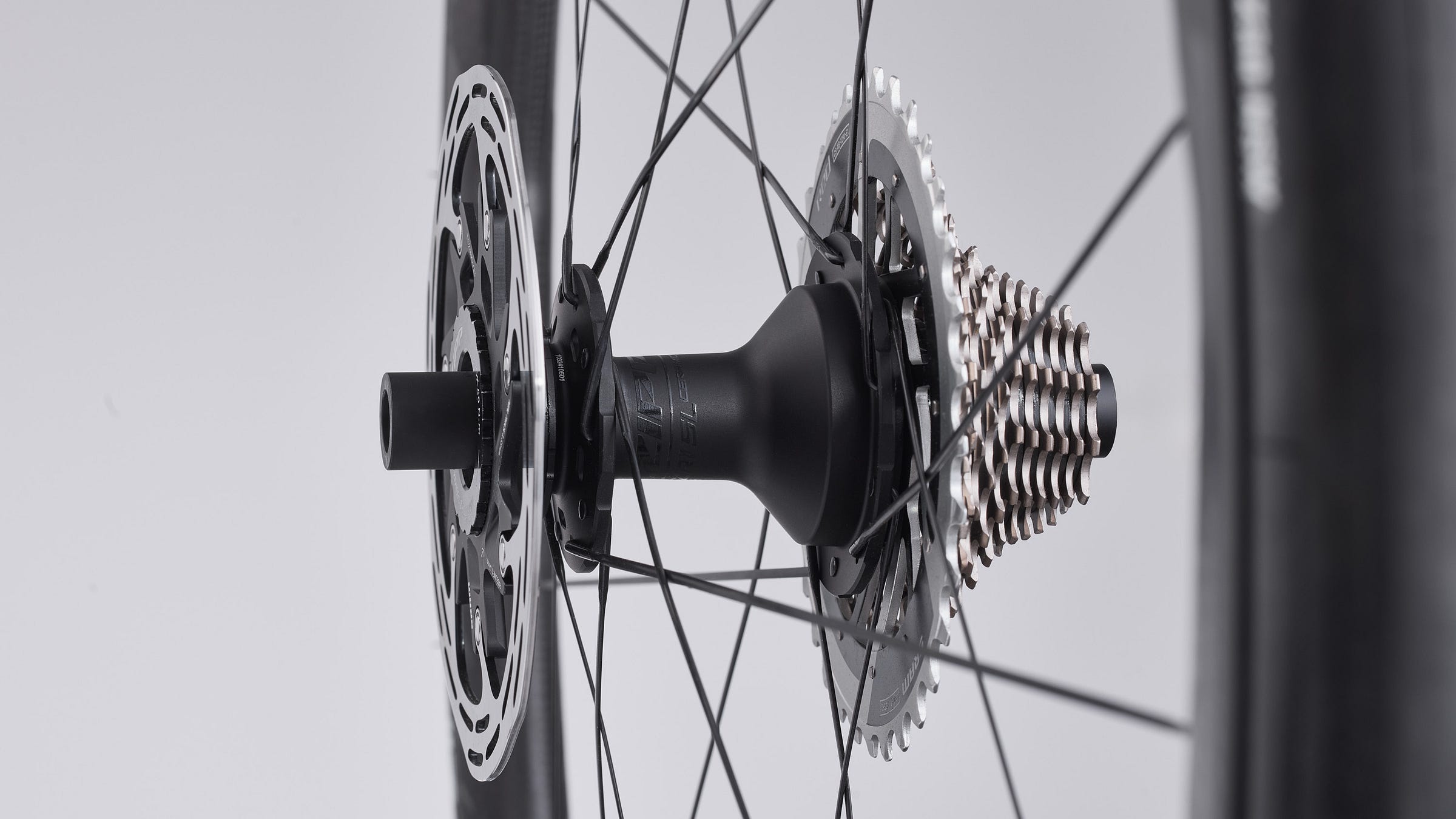
As for the ZR1 SL hubs, no complaints from me – at least not now. The Axial Clutch system used in the Cognition hubs was a neat idea, but the pawl-type driver should be more reliable. Sometimes it’s best to just keep it simple.
SRAM introduces GX Eagle AXS Transmission Upgrade Kit
The spiel: Got a SRAM Eagle 70 or Eagle 90 mechanical rear derailleur and already having buyer’s remorse? SRAM’s got a new upgrade kit with everything you need to switch to a wireless electronic setup, including an AXS-compatible upper derailleur assembly, Eagle AXS wireless shifter, an AXS battery and charger, and even a new T-Type master link.
Retail price is US$550 / £570 / €650 / AU$TBC.
My take: Wait, what? On the one hand, this upgrade kit conveniently showcases the modular nature of SRAM’s latest rear derailleurs. Combined with how easy it is to set up AXS components – especially since there will already be a Transmission cassette and a properly sized chain – a skilled mechanic could practically have this conversion done during a commercial break.
That said, SRAM only just released the new Eagle 70 and 90 mechanical drivetrains in March – seemingly in response to widespread market requests – and it’s already tempting those folks to upgrade to electronic? I’m all for options, but it almost feels like the company is tacitly admitting that the mechanical stuff isn’t as good as people were hoping it’d be. At least it saves a bit of money over buying an entire GX Eagle Transmission rear derailleur and the rest of the associated components, though I think I’d rather have complete mechanical bits left over that I could sell to help recoup the cost.
I’m sure this will appeal to someone, but I’m not sure that someone is me.
Shimano and Otso Cycles announce price increases for US consumers
The spiel: Shimano has just sent a communication to its dealer network relaying comprehensive price increases at both the wholesale and retail levels and throughout its corporate umbrella of cycling products. Officially, Shimano has characterized these as a “response to rising landed costs of our globally sourced products.”
Effective for all shipments starting June 1 – even including orders that were placed beforehand but were on backorder – prices will go up on average 12% for Shimano components and wheels, 10% for Shimano footwear, 10% for Lazer helmets, 12% for anything from PRO, and 10% for items from BikeFitting.
After inquiring about the dealer communication, Shimano sent me this statement:
“In response to a range of evolving global factors, Shimano is adjusting the pricing on some bike components and products sold in the United States. This decision has not been made lightly, and Shimano remains fully committed to delivering the highest standard of quality, performance, and reliability that our customers and dealers expect. We value the trust and loyalty of our community, and we continue working to create products that help more people enjoy the ride.”
As for Otso, it’ll be adding a roughly 5% surcharge to its Warakin, Warakin Stainless, Warakin Ti, and Fenrir Ti models, also effective June 1. For the titanium models, that’ll amount to almost US$200.
My take: It doesn’t take a whole lot of reading between the lines to see what’s motivating these price increases. “Rising landed costs” is basically Shimano’s euphemism for the dramatic tariffs that the current American presidential administration has applied to an incredibly broad range of imported products. To be clear, this is not Shimano raising its prices for the sake of raising prices; they’re going up because it’s suddenly costing (a lot) more to bring its products into the country.
Otso is much more explicit.
“As we all know, the tariff situation is fluid, where percentages can quickly change without notice,” read an email the company sent out Thursday afternoon. “If tariffs increase, our surcharge will increase. If tariffs decrease, our surcharge will decrease. Some bikes may be added, while others could be removed from this surcharge.
“It is our hope to remove this entirely in the future because we hope the tariff situation can be resolved quickly. But for now, it is necessary for Otso to operate and we hope you understand. We're grateful for the support that you've shown over the last nine years and we're looking forward to sharing more bikes and rides with you in the years to come. The surcharge will be a line item added to the prices of bikes and framesets during checkout. We will not be profiting from this surcharge; it is solely added to cover the costs from increased tariffs.”
Hopefully everyone reading this already understands how tariffs, but just in case – and regardless of rhetoric – it is most often the end buyer who’s left to absorb the financial hit.
Buckle up, folks. This is going to get ugly.
Wolf Tooth Components introduces bottom brackets, commits to Clik Valve
The spiel: Wolf Tooth Components continues to expand its catalog of components, and the latest addition is machined-in-house bottom brackets. Naturally, the company is offering these in lots of anodized colors, but there’s a bigger story here than just being pretty.
Wolf Tooth has focused a lot of attention on bearing longevity here, with a mix of “a spindle o-ring, seals on the bearing/bushing gutter, light inner and outer bearing race seals, shell o-rings, and a labyrinth-style end cap” that promises to not only keep water and grit from getting into the bearings, but to keep the thing spinning with minimal friction, too.
Also included are “custom bushings” that eliminate metal-on-metal contact between the crankset spindle and the inner bearing race, which Wolf Tooth claims is “the leading cause of bottom bracket creaks.”
Wolf Tooth is offering its new bottom brackets for use with Shimano, SRAM DUB, and 30 mm-diameter spindles, but just for BSA and internal-type T47 threaded shells at the moment. Additional fitments are sure to follow.
In other Wolf Tooth news, Schwalbe introduced Clik Valve last year, a clever alternative to traditional Presta valves that uses an incredibly intuitive operation with no levers to flip or barrels to twist: just push on and pull off. The design supposedly affords almost double the airflow, too, all while still working on most existing valve stems and floor pumps.
European OEMs have apparently been pretty quick to incorporate Clik Valve into its offerings, and now US-based aftermarket brand Wolf Tooth Components has jumped on board with dedicated versions of its EnCase mini-pump and a range of compatible tubeless valve stems. No additional adapters are required, and the pump head can be converted back for use with conventional Presta valves if you eventually decide that Clik Valve just isn’t for you.
Wolf Tooth will offer the EnCase mini-pump in all three sizes – 30, 40, and 85 cc – and the aluminum valve stems will be available in nine different anodized colors. Retail prices for the pumps range from US$65-70, while the valve stems are US$37.
My take: I’ve been playing with Clik Valve for over a year now, and while it indeed works exactly as promised, I’ve also been curious to see how widely it’d get adopted through the industry given the hegemony of Presta valves. There are a few quirks (along with some niggling compatibility issues with some existing Presta-centric pump and inflator heads), but there’s little question in my mind that it’s a functionally superior design.
Switching to Clik Valve is pretty painless, particularly since Schwalbe offers all-inclusive kits to ease the transition. That said, enjoying the benefits of Clik Valve requires a certain amount of commitment if you have more than one bike as each will require its own set of cores – which are about five times the cost of regular Presta ones.
That said, Clik Valve does work better, and Wolf Tooth is clearly a big enough believer in the system that it’s making the trailside repair part of the switch that much easier.
Pirelli releases new Cinturato Evo TLR all-road tires
The spiel: Pirelli’s new Cinturato Evo TLR tubeless-ready all-road tire is said to be a lighter, faster-rolling, more comfortable, and grippier redesign of its Cinturato Velo predecessor. Pirelli says the SmartEvo AS rubber compound features an industry-first certification from the Forest Stewardship Council for its liberal use of recycled and bio-based materials (over 50% in total, according to Pirelli), yet without negative impacts on durability or puncture protection thanks to the fully reinforced casing with an additional belt under the tread cap.
Motorsports fans might also recognize the more pronounced tread design, which was derived from Pirelli’s Scorpion Trail III motorcycle tire.
Pirelli will offer the Cinturato Evo TLR is an impressively broad array of 700c widths, from 28 all the way up to a whopping 55 mm, and in black, tan, and brown sidewalls. Initial availability will only go up to 40 mm, with the larger sizes hitting store shelves toward the latter part of the year.
Claimed weights start at 350 g and top out at 490 g for the 40 mm width. Pirelli says official weights for the larger sizes (which were added more recently) will be provided at a later date. Retail price is US$93 / £75 / €80 / AU$TBC per tire.
My take: I love riding top-end, performance-focused tires as much as anyone, but it’s also important to remember when those aren’t the best option – say, for bad roads, high-mileage training, or if longevity and your budget take priority over a few watts of rolling resistance or a handful of grams on the scale. Pirelli says the Cinturato has been its second-best selling road tires for the past seven year – behind only the P Zero family – so it’s clearly an important product from a business standpoint.
I haven’t ridden these at all, and have only had them in my hands during a press event earlier this year, so I have no comments on how they perform. That said, it’s good to see major brands continuing to devote resources to more practical tires like this, and the fact it’s going to be offered in such an incredible array of widths is pretty fantastic to see. The FSC certification is a nice bonus, too.
Coros introduces a factory repair program for GPS computers and watches
The spiel: Coros has announced a new program designed to get damaged GPS computers and watches back in service. The new Coros Repair Service applies to all of the company’s current GPS devices, including the Dura cycling computer and the Pace Pro, Pace 3, Apex 2, Apex 2 Pro, and Vertix 2S watches. Available services include replacing broken screens, buttons, digital dials, and batteries.
Charges sound quite reasonable, ranging from US$59-119 depending on what needs to be addressed, and Coros will even send a replacement of the same model while yours is being repaired to minimize the downtime.
My take: I love this idea behind this. Even at Coros’s high-value pricing, GPS computers and watches still aren’t exactly cheap, and oftentimes it’s relatively minor damage that can put them out of commission. I’m a massive advocate of the right-to-repair movement, and kudos to Coros for not only putting this program in place, but also keeping the fees affordable.
I think it’s important for people to read the fine print here, though: Coros will fix your broken device, but you won’t get that exact device back. The fee basically gets you a refurbished version of whatever you’re sending in (complete with a fresh one-year warranty), while your device will be put into the general refurbished pool, eventually ending up with someone else.
Coros says this process is necessary since all of the devices that need repairs will be shipped back to the manufacturing facility in Asia, and it’s just not practical to ship them individually.
Proof of purchase is also required, so while Coros doesn’t state this explicitly, the program seems to apply only to the original owner. For the time being, this program is only valid for Coros customers in the United States and Europe; the United Kingdom program is apparently pending.
Silca has grease now
The spiel: Silca has several chain lubricants in its catalog, but it’s only now that it has a grease to offer, too – and perhaps not surprisingly given who we’re talking about here, the company’s new Synergetic Race Grease is supposedly all that and then some.
Silca says its new low-viscosity grease uses the same synthetic oil base used in its Synergetic wet chain lube, but “thickened into a grease using the synthetic wax technology from SpeedChip, paired with the low friction, nanoscale tungsten disulfide additive package used in both.” Silca claims it can reduce bearing friction by as much as 50% while also reducing wear by up to 90%, and since it’s formulated in the United States, American customers won’t be stuck paying any additional tariffs.
Despite the heady performance claims, Silca intends the new Synergetic stuff to serve as an all-purpose grease for threaded and press-fit assemblies, pivots, bushings, and so on. Even so, you might want to use it somewhat sparingly as the retail cost is US$25 for just a 100 cc tube.
My take: This is an interesting one. I might be tempted if my bikes were still mostly spinning on cup-and-cone bearings, but it’s been a long time since those were widely used on bicycles and I can’t say I consider friction to be a big concern for assembly purposes. Given the graphic on the package, Silca apparently anticipates buyers might replace the stock grease in their existing cartridge bearings with Synergetic, and depending on what’s in there from the factory, it could very well make a noticeable difference. But realistically speaking, who’s going to go to the time and effort to properly purge all of the factory lubricant from a cartridge bearing and then properly refill it with Synergetic?
If you’re especially particular about the greases you use on your bike and buy into the whole marginal gains thing, then I could see Synergetic making its way on to customer workbenches. For me, though, this will still be my go-to for general purpose use.
Rocky Mountain is back!
The spiel: Legendary mountain bike brand Rocky Mountain was on the ropes after filing for court protection under the Canadian Companies’ Creditors Arrangement Act at the end of 2024, but it’s recently found some light at the end of the tunnel. The company has been purchased by a group of four Canadian entrepreneurs. Three of them are linked to Maui Bikes – a brand of “everyday e-bikes” based in Québec – while the fourth is a former agent for The North Face and POC.
“Rocky Mountain is more than just a name; it’s a mindset, a culture, a way of experiencing the ride,” said group spokesperson Patrick St-Denis via press release. “We’re stepping in with humility, energy, and determination. Our goal is clear: to honor what has made Rocky strong for over 40 years and to open a new chapter of growth.”
That new chapter will apparently include a “strategic relaunch” for the 2025-2026 season, with continuing R&D in Rocky Mountain’s existing North Vancouver facility.
“The new owners are committed to upholding the highest standards of quality, service, and support,” the announcement continued. “In the short term, business operations, customer service, after-sales support, and partner commitments will continue as usual. All warranties offered by Rocky Mountain in recent years will be fully honored. Bike parts and components will remain available.”
My take: This seems like good news on the surface, at least in the sense that Rocky Mountain as we all know it will apparently continue to exist and will be able to move forward. Bike company acquisitions have gone poorly all too many times over the years, but the new owners at least seem to have pretty strong connections to the industry – though it’s perhaps worth mentioning that the idea four Canadian bike industry guys came together to buy such an iconic brand without any outside funding seems a little far-fetched, so I can’t help but wonder who’s really going to be pulling the strings.
Fingers crossed, this’ll be the end of an ugly chapter for Rocky Mountain and it’ll be back to business as usual sooner than later.
Maybe I’ll get to review that updated Element Carbon for myself eventually after all.
And so is Revel
The spiel: Revel Bikes has just announced that after ceasing operations just last month, it’s back in business after being purchased by the company’s original founder, Adam Miller.
According to the official press release, Revel was purchased by a private equity group in late 2021, and – as often happens with these sorts of situations in the bike industry – things didn’t go as planned.
“The private equity firm had a very different vision for Revel than I did,” Miller said. “They helped us by making heavy investments in manufacturing and supply chain that built world-class infrastructure – something I believe will benefit Revel for years to come. But they also pursued an aggressive growth-at-all-costs model that didn’t align with the DNA of the brand. High inventory, high overhead, and a rigid financial structure left little room for being nimble and adjusting to the times. When funding dried up in a tough macro environment, the company was forced to shut its doors. When I heard the news, there was only one option in my mind and I decided to step back in.”
Included as part of the reboot are promises to lower retail prices to “pre-COVID” levels, offer more custom options, refine the company’s dealer program (including easier frame-only sales) and improve the direct-to-consumer experience “to provide better value and access to riders globally.” Revel says existing warranties will continue to be valid, too.
Perhaps most importantly from a product perspective, Revel says it’ll have limited availability of the Ritual, ReRun, and Rascal SL mountain bikes that the company previewed at the recent Sea Otter Classic trade show. Titanium bikes will be back on the menu, too.
My take: Again, on the surface, this is great news. Revel offers a broad range of excellent mountain bikes as well as a legitimate alternative brand that you aren’t likely to see en masse at the local trailhead. And while Revel is small in terms of sales, it has a loyal and passionate following that will surely be overjoyed to hear that it’s back under the stewardship of its original founder.
That said, it remains to be seen exactly how things will go from here. Revel may have made very good bikes, but there were clearly underlying problems that resulted in its downfall. Have those already been resolved, or is there still work to be done? Are there creditors and/or investors who have been left out in the cold? Did Miller have to secure outside funding? What about the employees?
I wish Revel the best in its recovery, but I also sure wish it hadn’t had to go through that pain to get here.
You can read Revel’s full statement here.
Ari has recovered hundreds of its stolen bikes
The spiel: Last month I mentioned that an entire semi-truck full of new, boxed bicycles from Ari Bikes en route from southern California to Utah had been stolen. According to a more recent update from Ari, the Los Angeles County Sheriff’s Department Cargo Criminal Apprehension Team (or Cargo CATs) has managed to recover 288 of them, all of which appear to still be in sealed boxes and in brand-new condition. Forty-nine bikes still remain unaccounted for, so Ari is asking the public for continued vigilance in hopes that those can also be found.
My take: This story had all the makings of a terrible ending, but I’m glad to see this one concluding on a more positive note. Bike thieves suck.
TL;DR review: Appleman 2XR crankset
Custom carbon framebuilder Matt Appleman surprised me when he announced his intriguing CNC-machined aluminum 2XR crankset in 2022. After all, what could he possibly offer that wasn’t already available from much larger brands with vastly more resources?
As it turns out, the answer was pretty straightforward: choices. And a lot of them at that.
To start, Appleman offers the 2XR in an incredibly broad range of crankarm lengths, from 135-175 mm, as well as an extra-short 100 mm option (and yep, you can even go with two different lengths if that’s what you need). There are five different lengths for the 30 mm-diameter spindle – covering road bikes to fat bikes – and seven distinct chainring spiders, as well as the ability to run direct-mount chainrings. Tossing yet another variable into the mix is a list of ten standard colors for the arms, spider, and even the fixing bolts, and if you really want to go nuts, Appleman also offers the option to go fully custom. (Seriously, look at all of these colors!)
Adding to the analysis paralysis, the modular design means any of the above can be pretty much mixed and matched at will (assuming correct chainlines and so on).
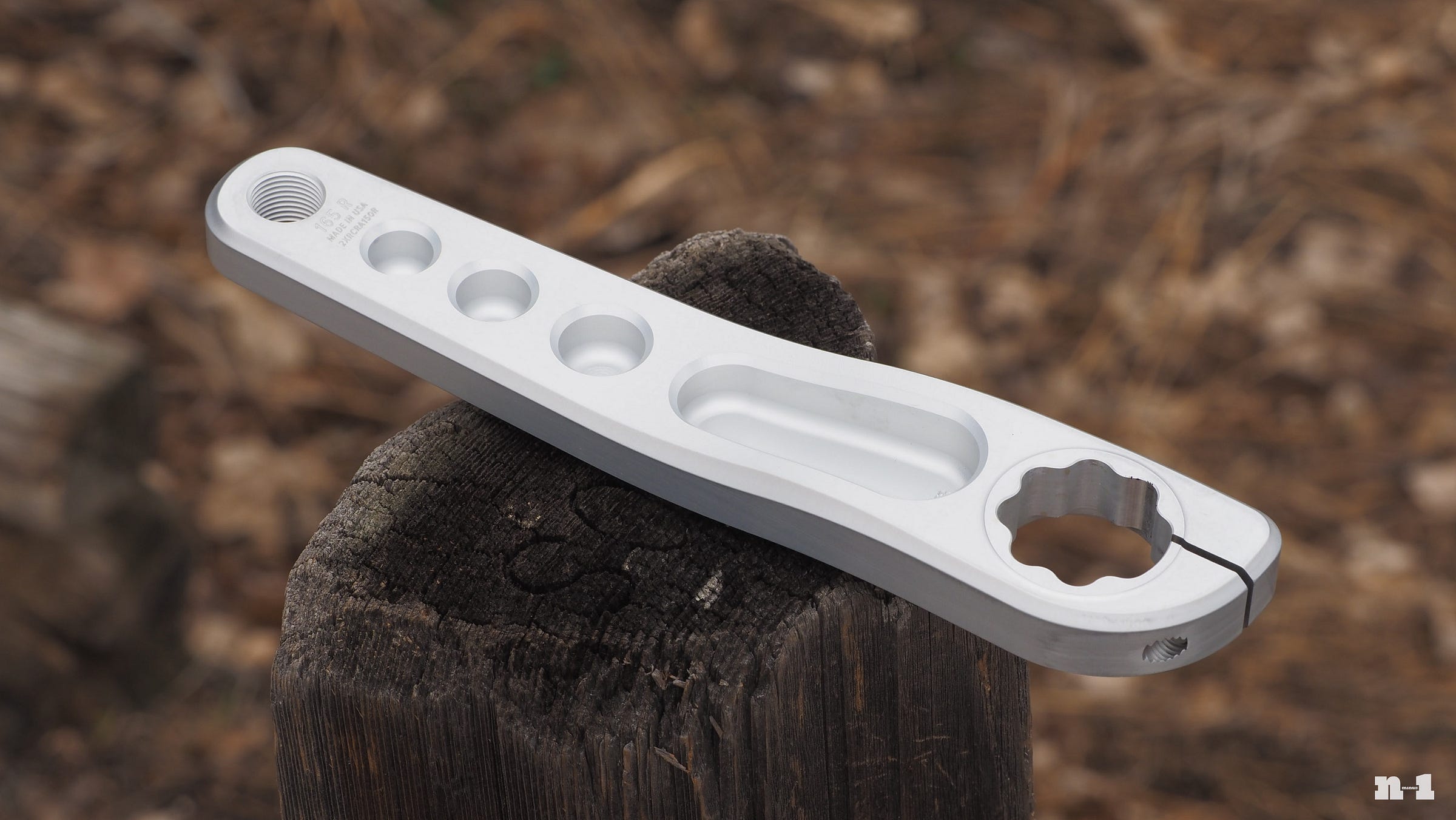
Appleman builds each crankset to order so there’s a two-week lead time, and the made-in-Minnesota sourcing makes them quite expensive. Pricing ranges from US$525-625 for the arms, spindle, and spider, depending on color choices, and keep in mind that doesn’t include chainrings.
With that all out of the way, there’s a lot to like here.
First off, the whole thing comes across as extremely well made, and assembly is a cinch – not just because you can use the same 5 mm hex wrench for everything, but also because everything fits together perfectly. Although there’s a bit of fiddling required to get the spindle spacer arrangement just right (hardly unusual these days, sadly), Appleman includes everything in the package, and all of the important information is laser-etched right on the parts – heck, even on the spindle spacers.
I went with 165 mm arms and a GRX-compatible 2x spider as a direct replacement for the Shimano GRX 810 setup I’d been running on my personal bike. Total weight came out to 756 g with the chainrings or 618 g without – 59 g heavier than the stock part – but boy, was it pretty with that lovely raw silver finish.
Crankset performance is often gauged by how well they don’t stand out, and by that measure, the 2XR nails the brief. The burly arms feel stiff and robust, there have been no creaks or other weird noises, and three months on, they still look as good as new. My initial concerns that the chainring spider seemed a bit thin haven’t resulted in anything bad, either; chain movement is still just as good as you’d expect from Shimano rings, even when intentionally shifting like an idiot.
That all said, I can see why Appleman still doesn’t have much competition in this space three years since he launched the 2XR. Unless you need all of the choices offered – or are just willing to pay a hefty premium for the distinctive looks – it can be challenging to justify these over a standard offering so the market is probably awfully small.
As I’ve already mentioned, they’re both heavier and a lot more expensive than off-the-shelf cranksets from major brands. A set of SRAM Force crankarms, for example, is about 140 g lighter at less than half the cost. Granted, those are two very different cranksets that are likely to appeal to two very different customers, but it’s worth pointing out nonetheless.
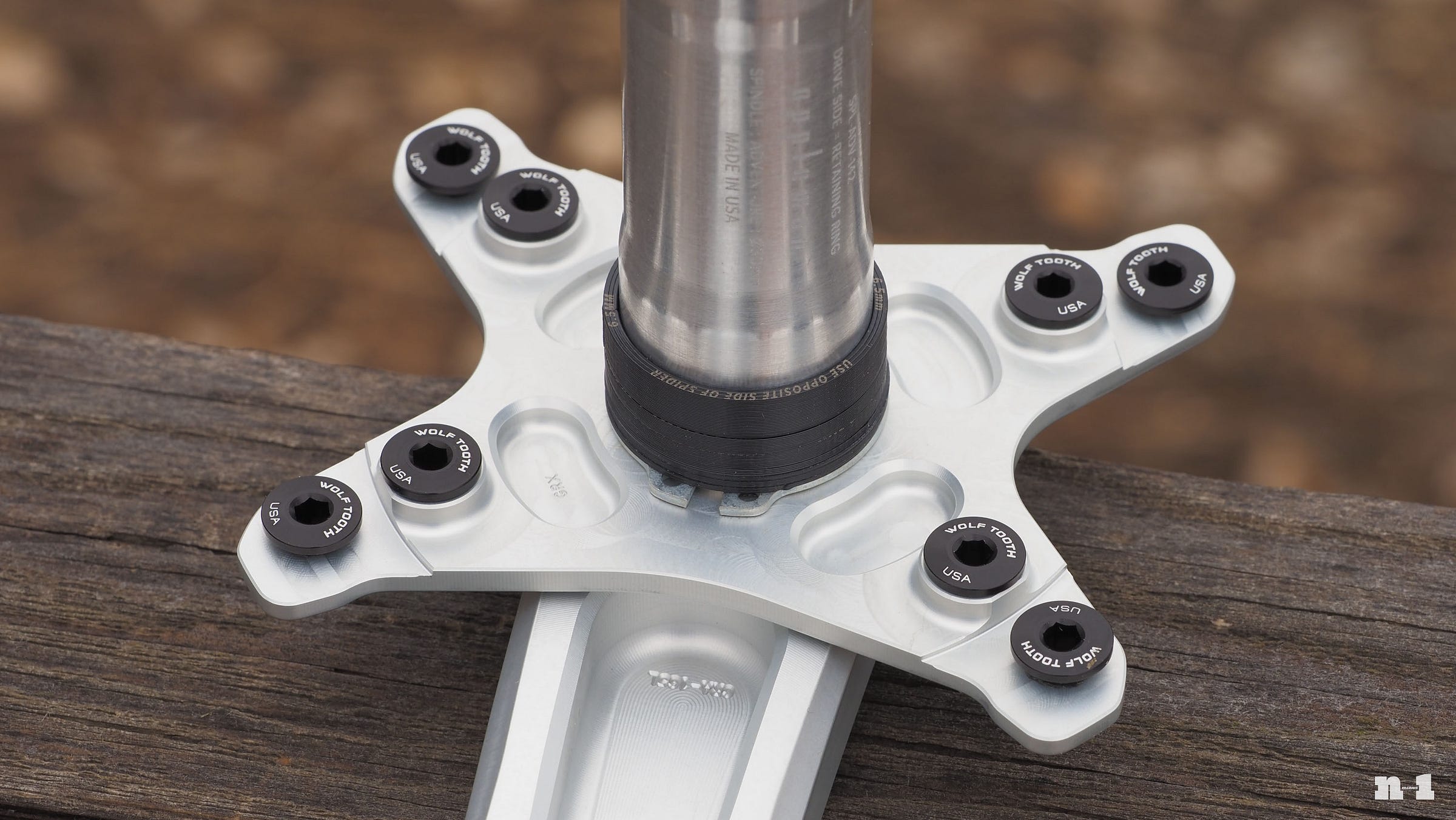
There are some functional caveats, too.
As much as I applaud Appleman for offering such an incredibly broad selection of crankarm lengths, there’s just one Q-factor for each configuration – and if you’re sensitive to that sort of thing, my test set was 5 mm wider than the stock Shimano GRX setup. And though the 2XR works with direct-mount rings, it only works with Appleman’s direct-mount rings since the splined interface isn’t shared with any major brand.
My test set has indeed held up superbly cosmetically, though I’m not sure everyone else will have the same experience. The kink in the arm shape will be a prime spot for rubbing if you tend to pedal heels-in, and since the color options are painted instead of anodized, they’ll be subject to wear and chipping. Make sure you’ve got some helicopter blade tape handy.
And finally, if you like to run a power meter, keep in mind that your only option here is the handful of pedal-based models on the market such as Favero Assioma.
In other words, these are very much a niche product – but if you find yourself in that niche, Appleman seems to have done a pretty good job filling it.
Recipe of the week
Ok, this isn’t exactly a recipe per se, but it is related to baking.
I go through a decent amount of brown sugar, and while I love the rich taste it imparts as compared to white sugar, its tendency to clump and cake is awfully annoying. Brown sugar is basically just white sugar with molasses added in, and when that molasses dries up, the stuff just turns into concrete.
There are various solutions to rejuvenating hardened brown sugar, such as microwaving with a wet paper towel, carefully warming it in an oven, or tossing a slice of bread into the container and letting it sit overnight, but none of them have worked as well as I would have liked.
My preferred method these days is a ceramic brown sugar “saver” – basically just a hunk of terra cotta pottery that you first soak in (sterile) water, dry, and then put into the container with the sugar. The water that’s held inside the porous ceramic helps to maintain a reasonable level of moisture so that the sugar doesn’t dry out, and with a bit of patience, it’ll make a batch of brown sugar that’s completely solidified into seem like you’d just bought it at the grocery store.
Those brown sugar savers are also dirt cheap – like, usually less than ten bucks – they work amazingly well, and they’ll last practically forever.
Now go bake some cookies.
Thanks again for reading! FYI, it’s a holiday here on Monday (mmm… smashburgers on homemade pretzel buns) and I’ll be gone all day on Wednesday so there’s a good chance the schedule next week will be a little wonky.





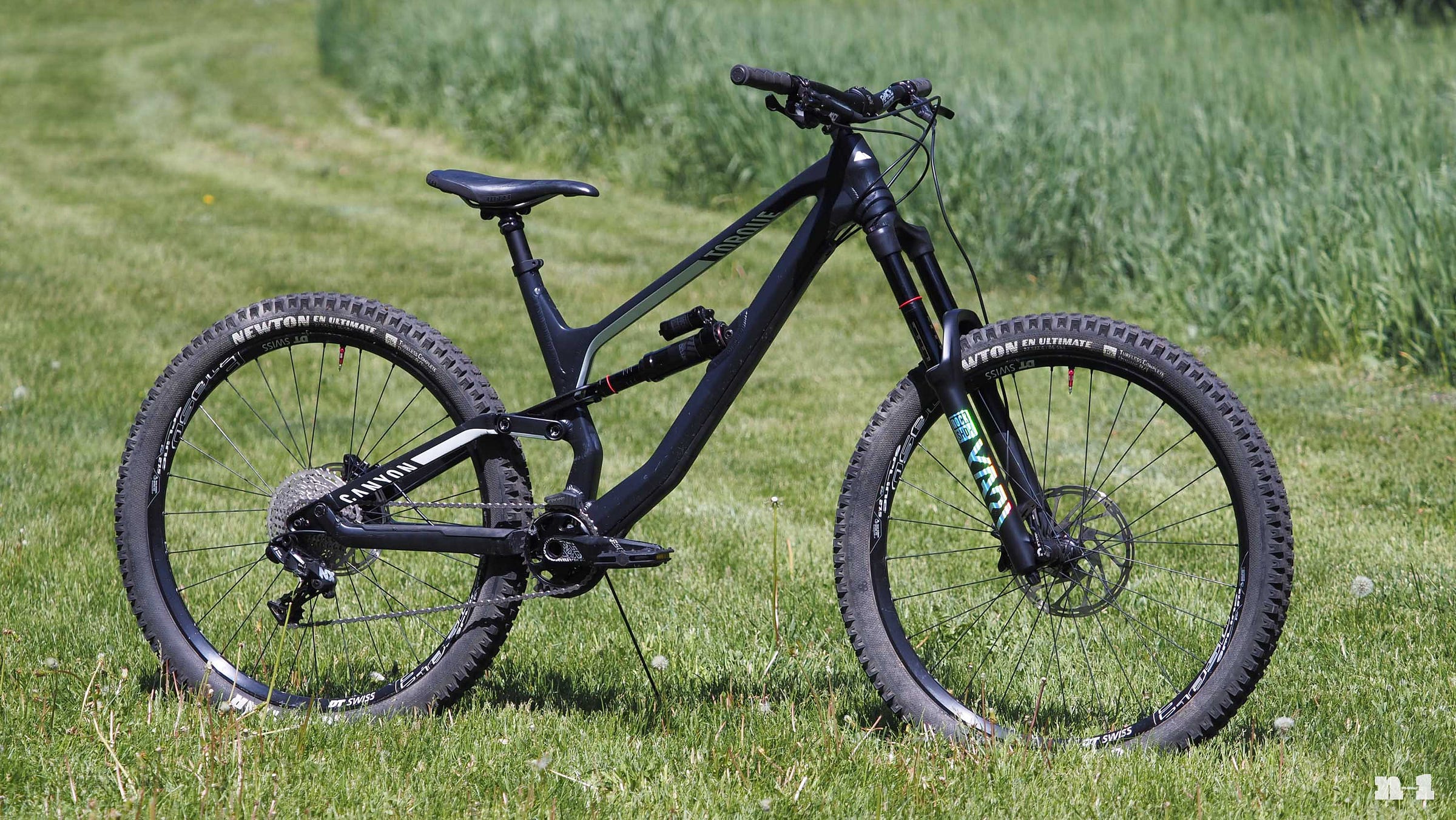
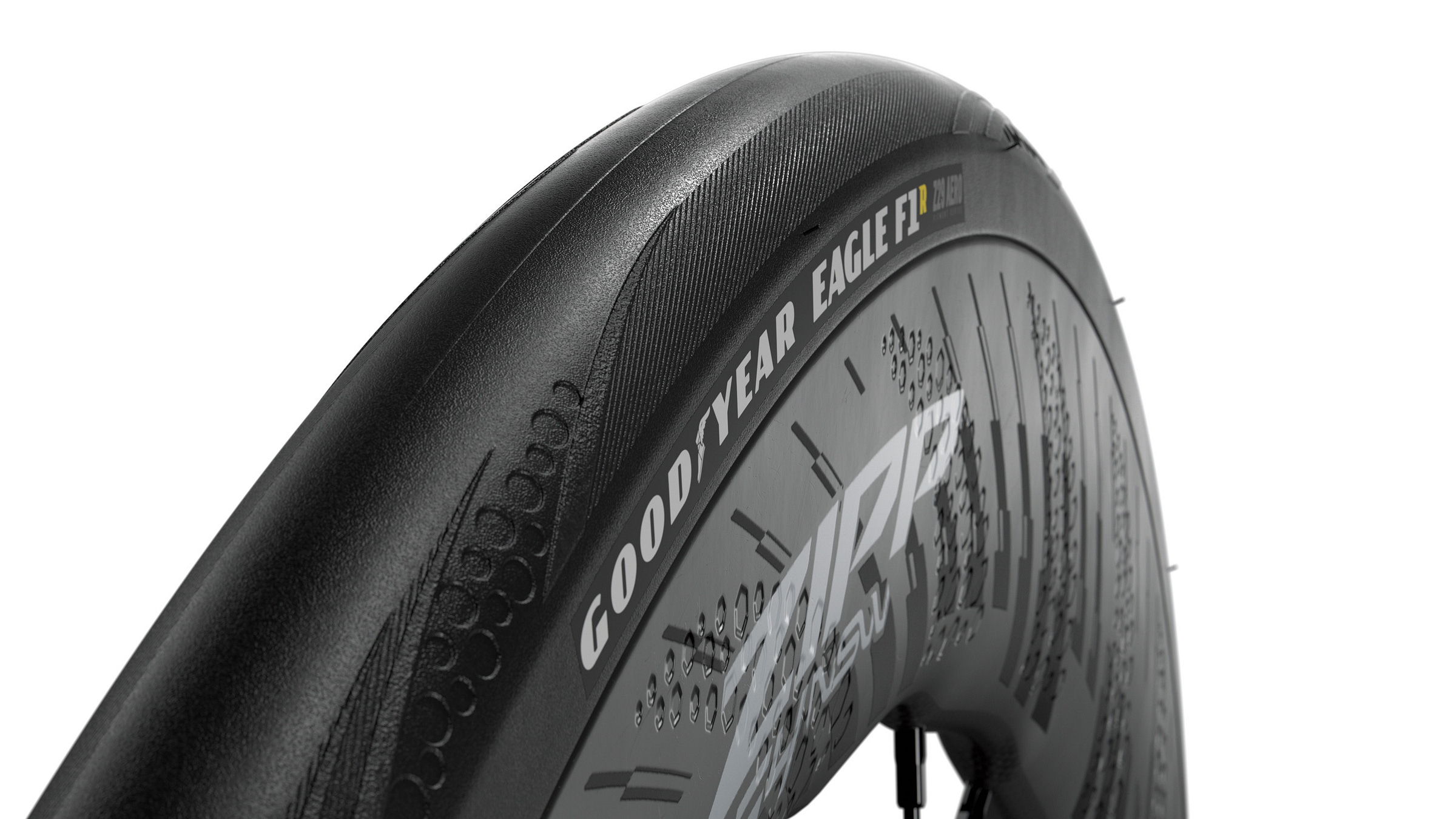

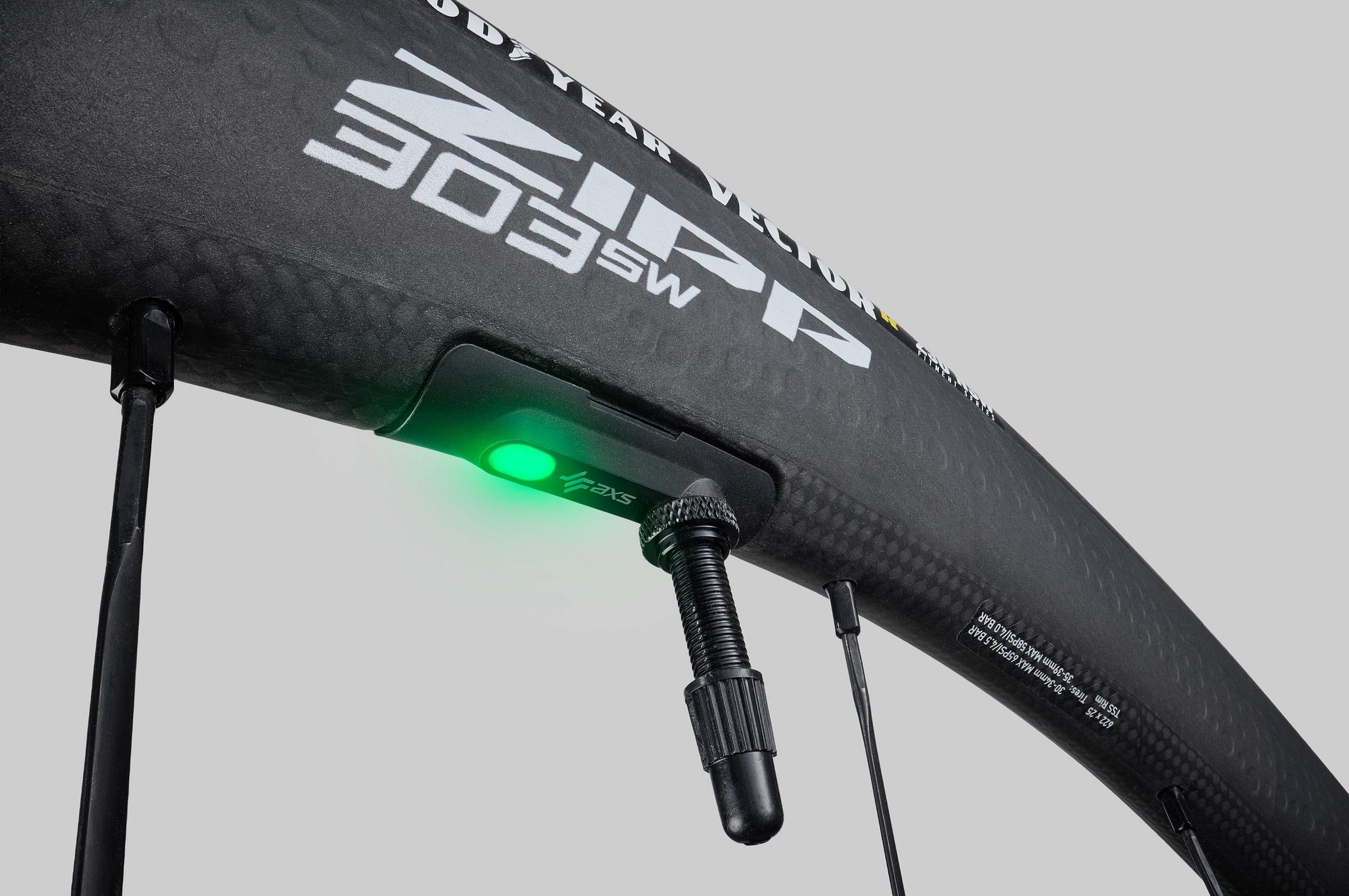
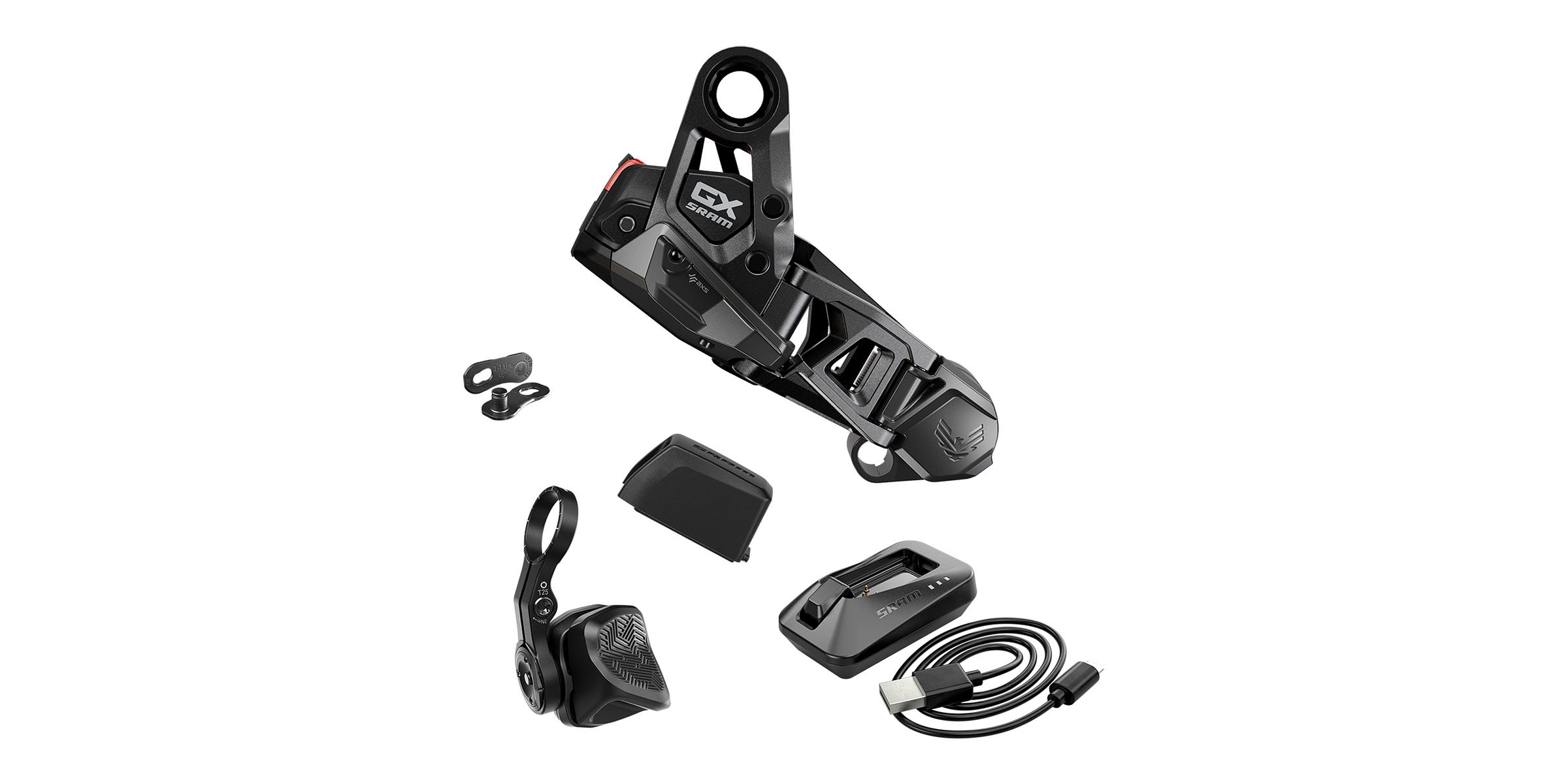
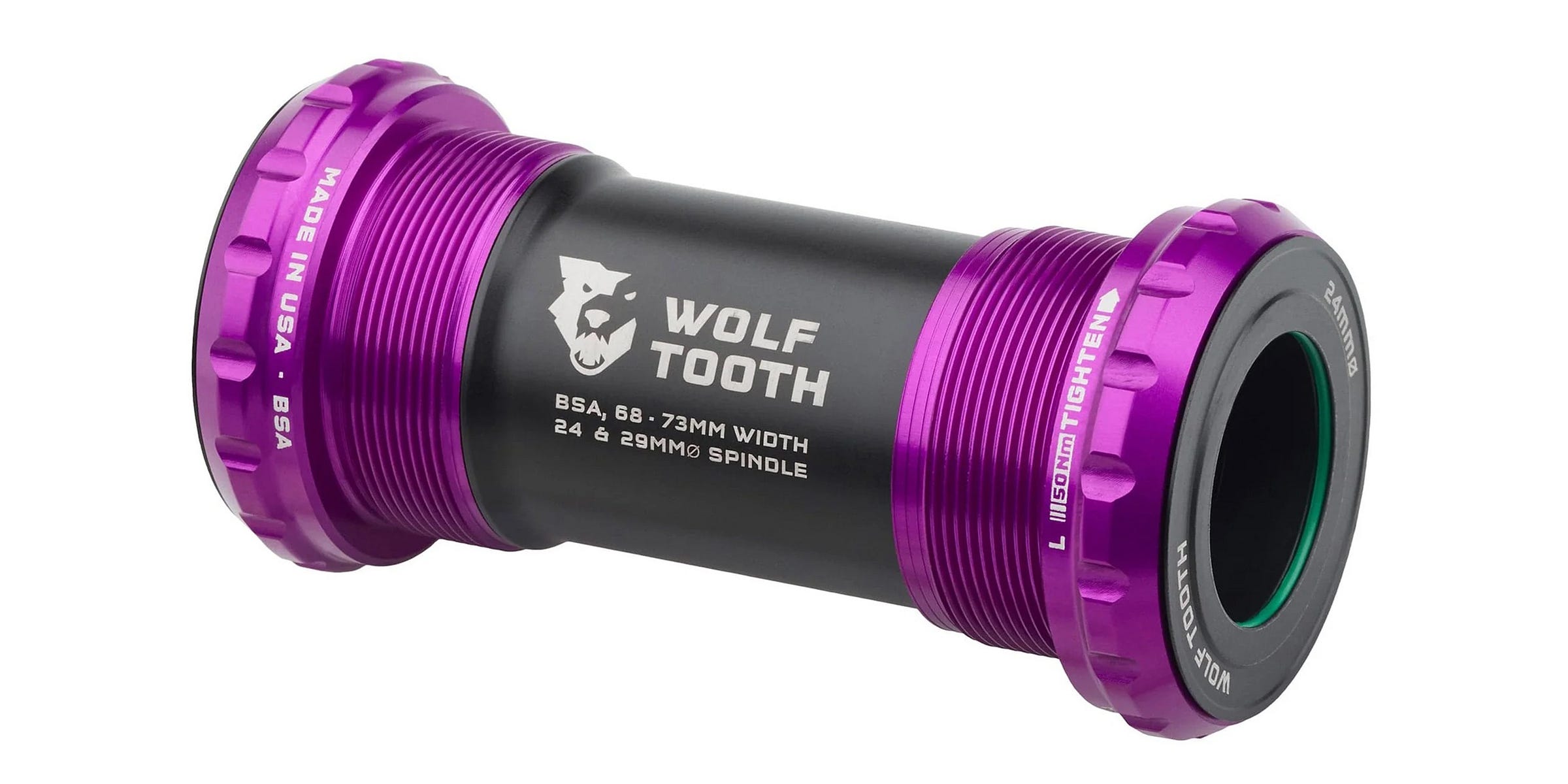
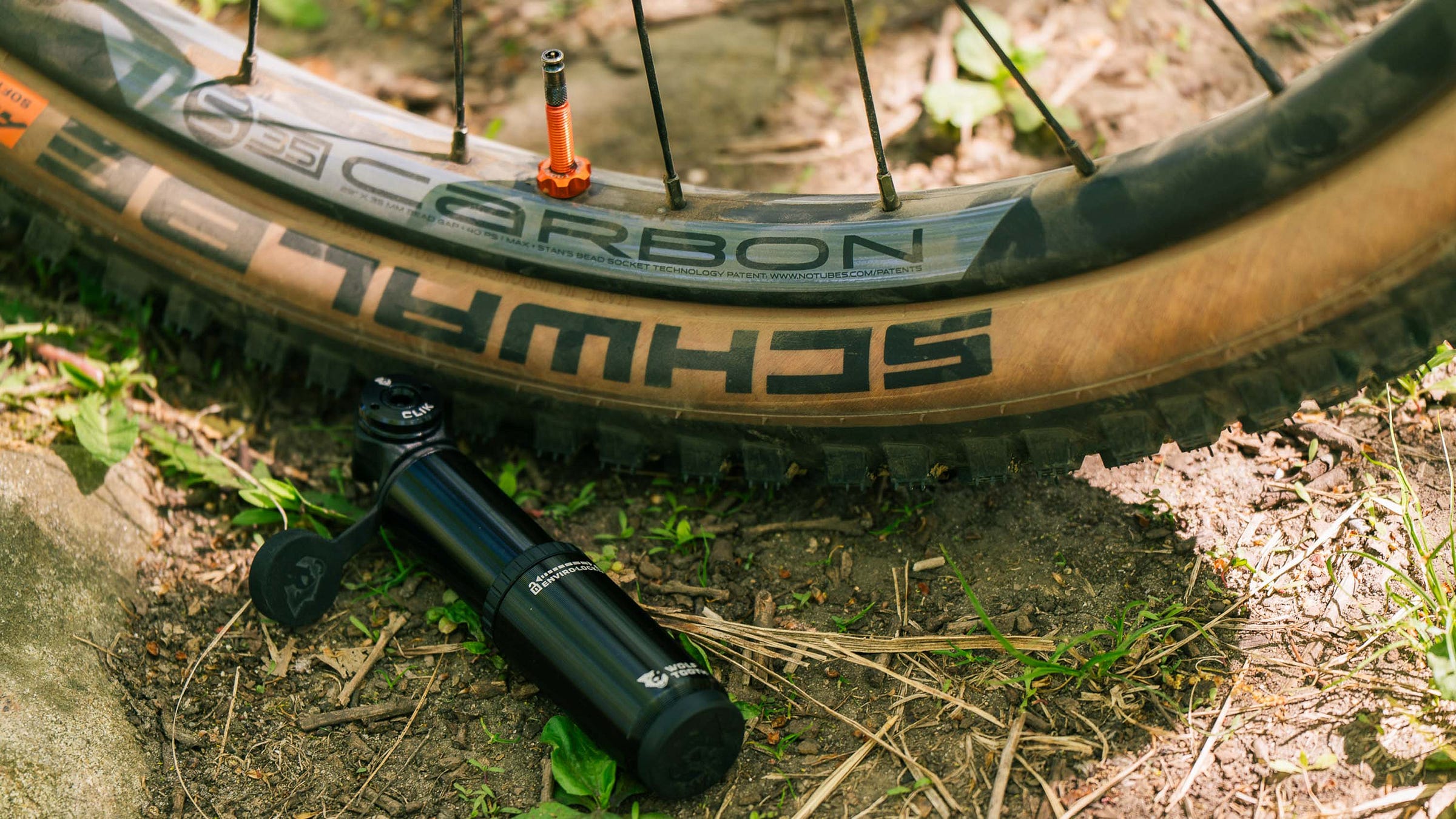

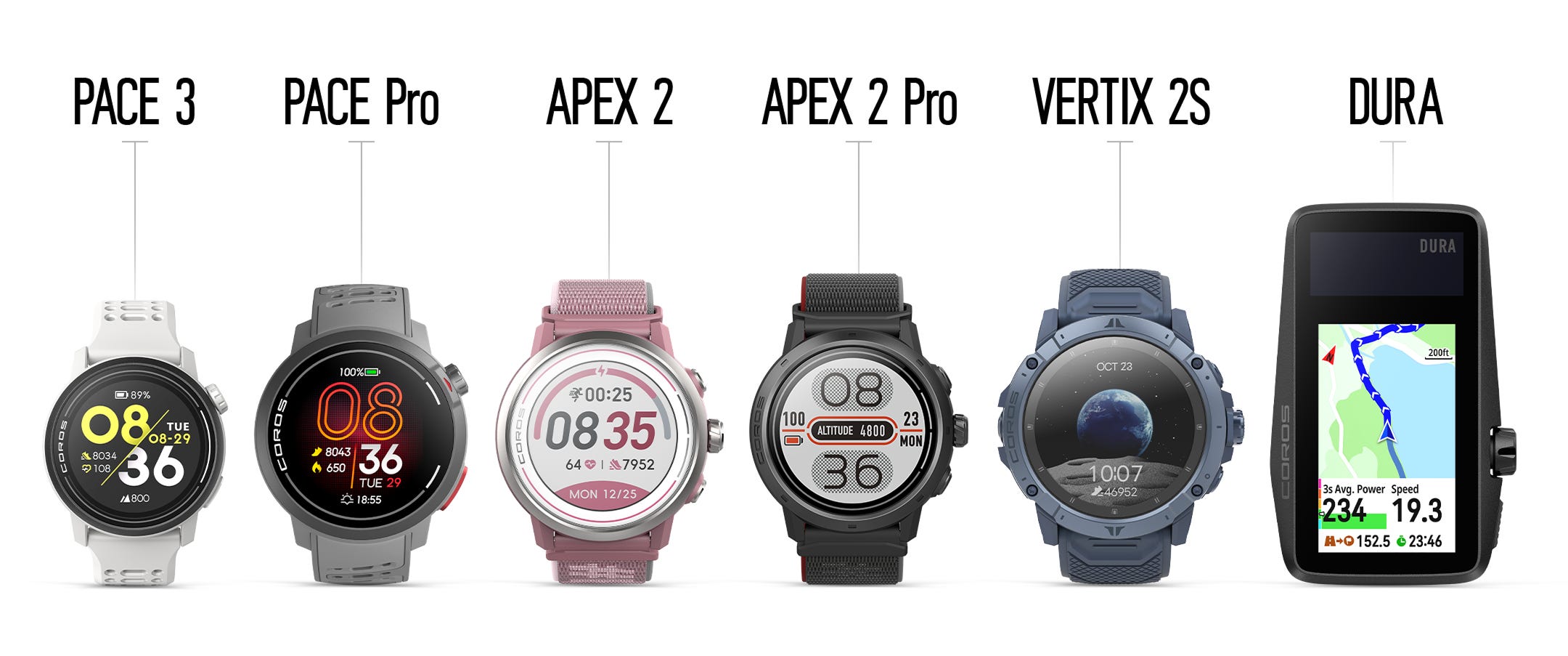
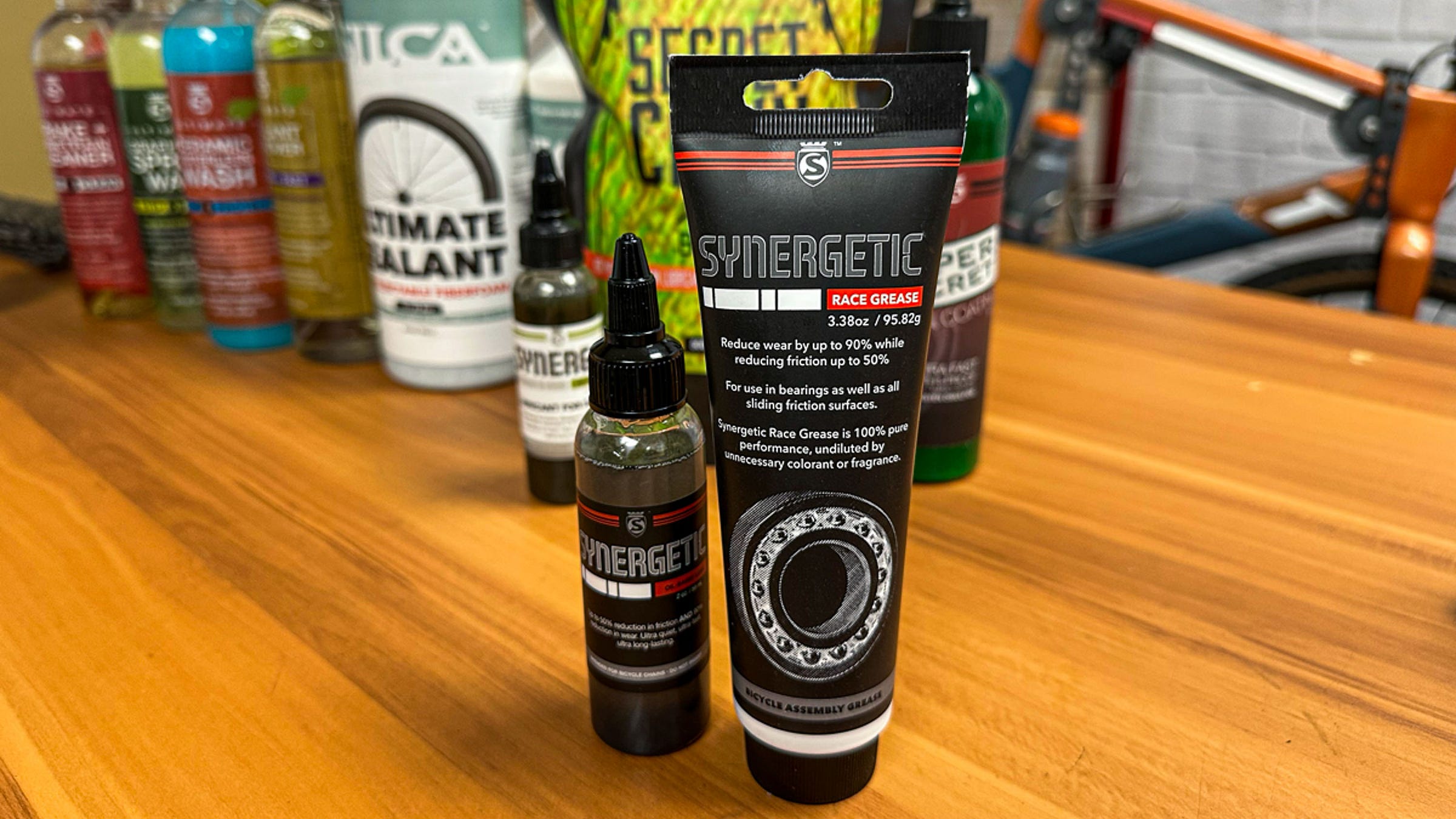
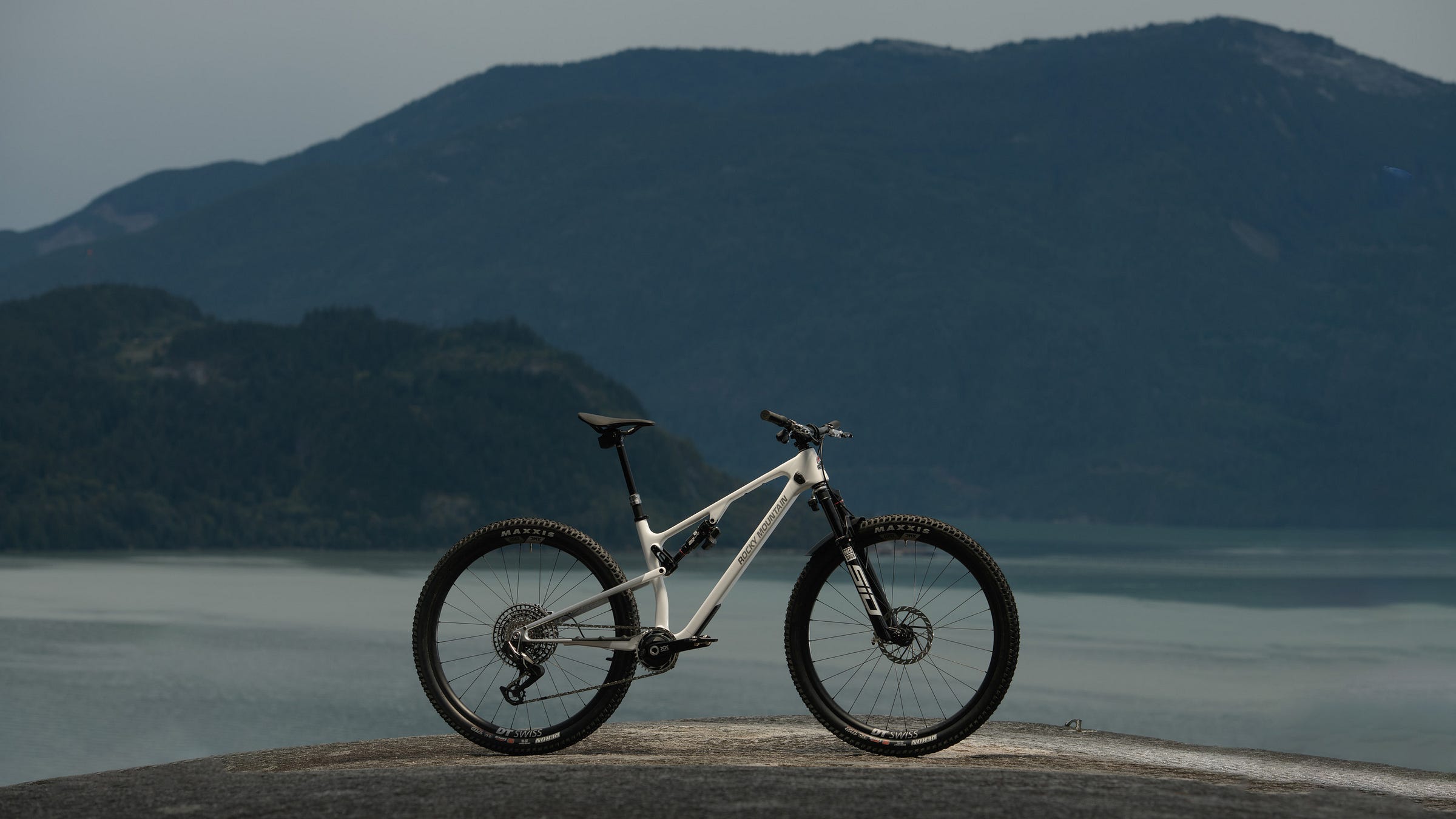
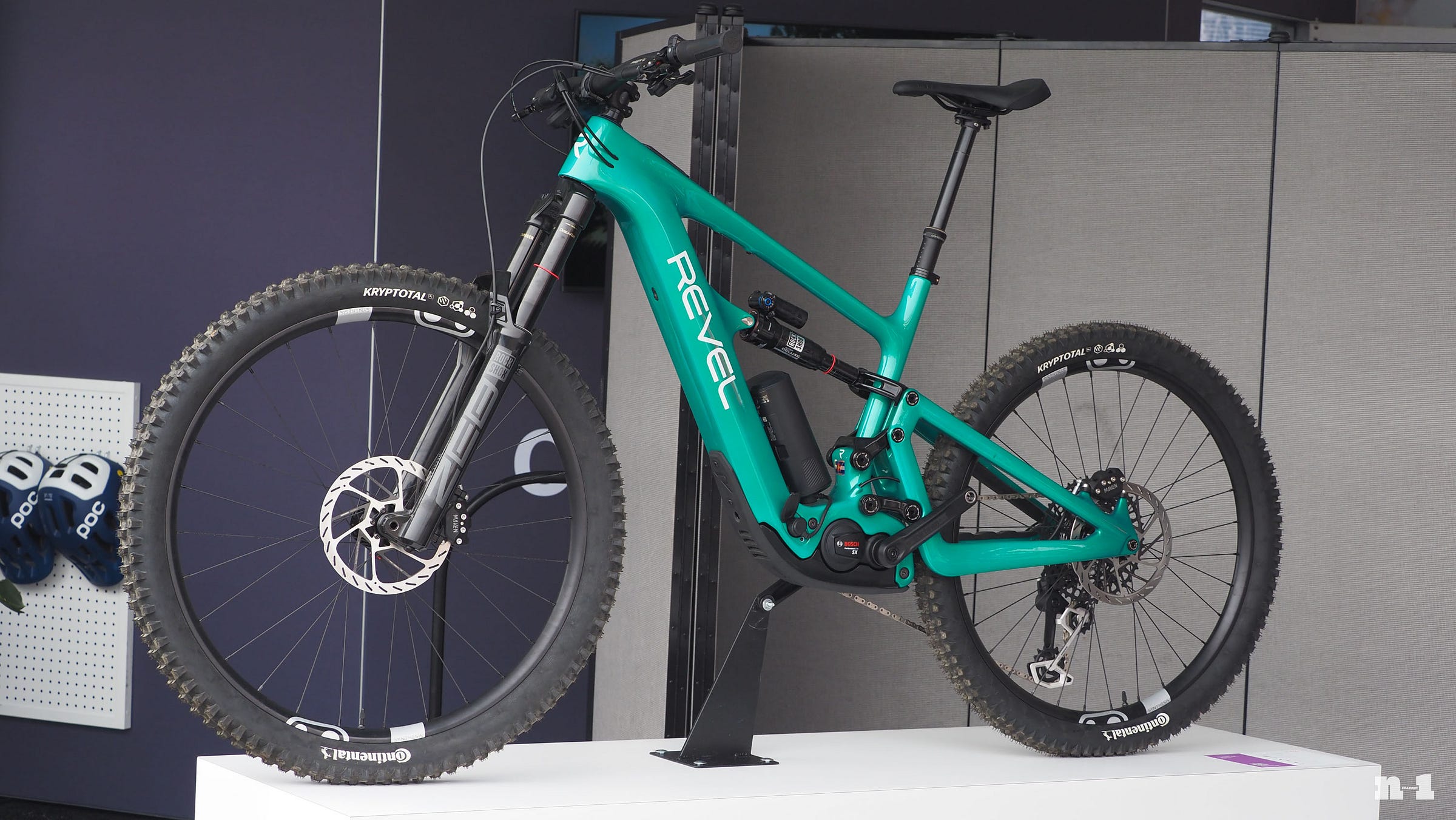

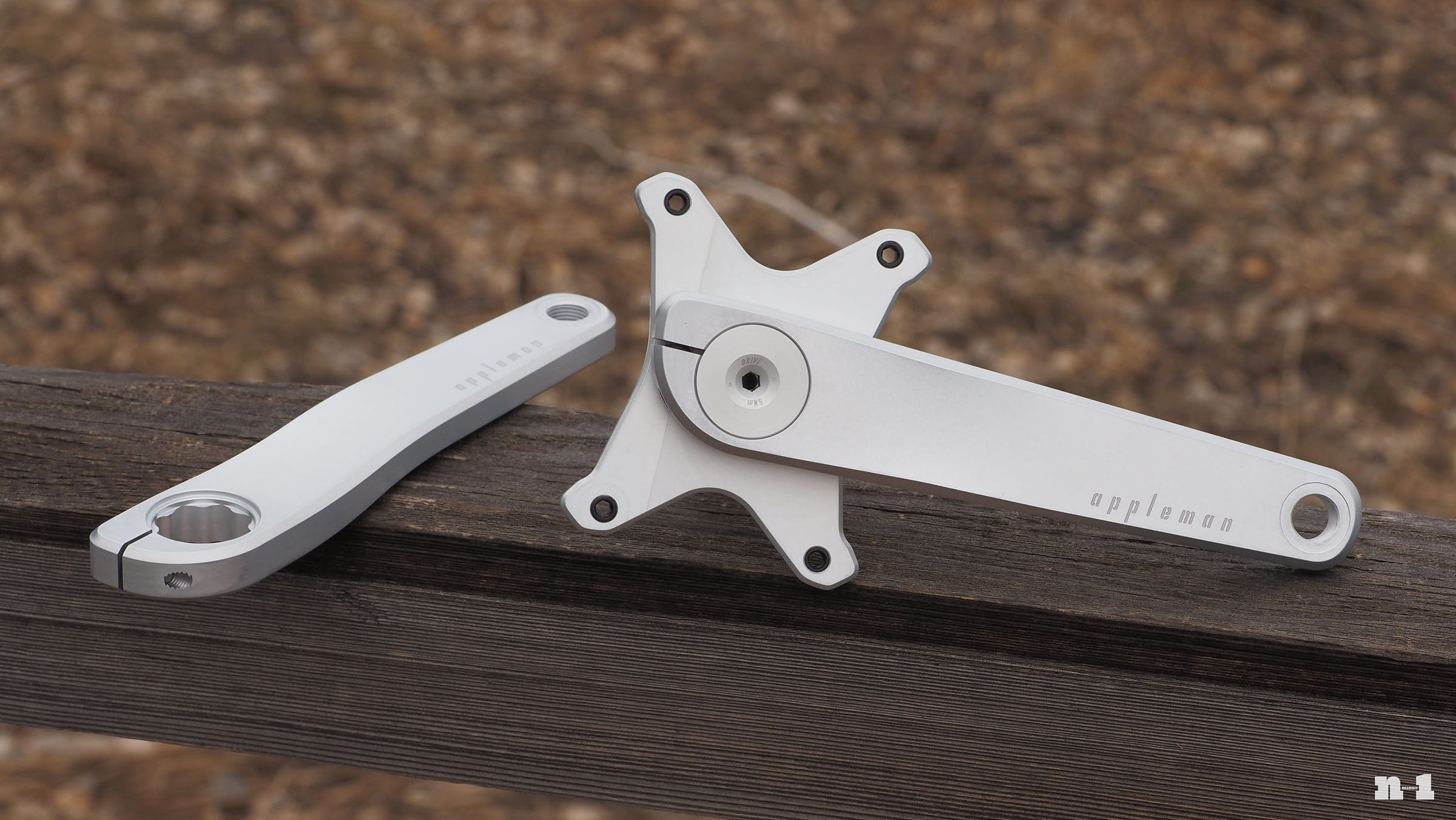
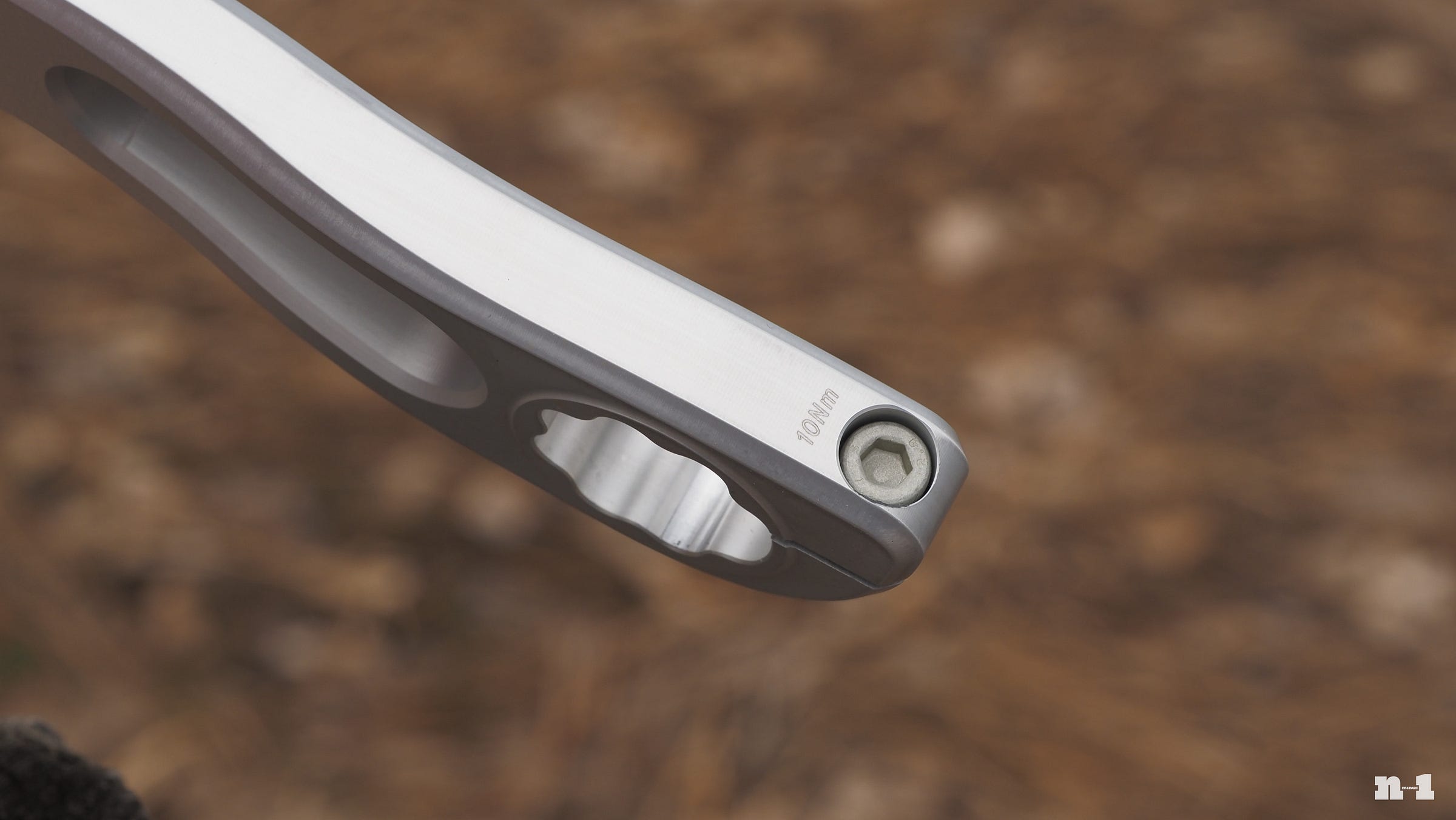
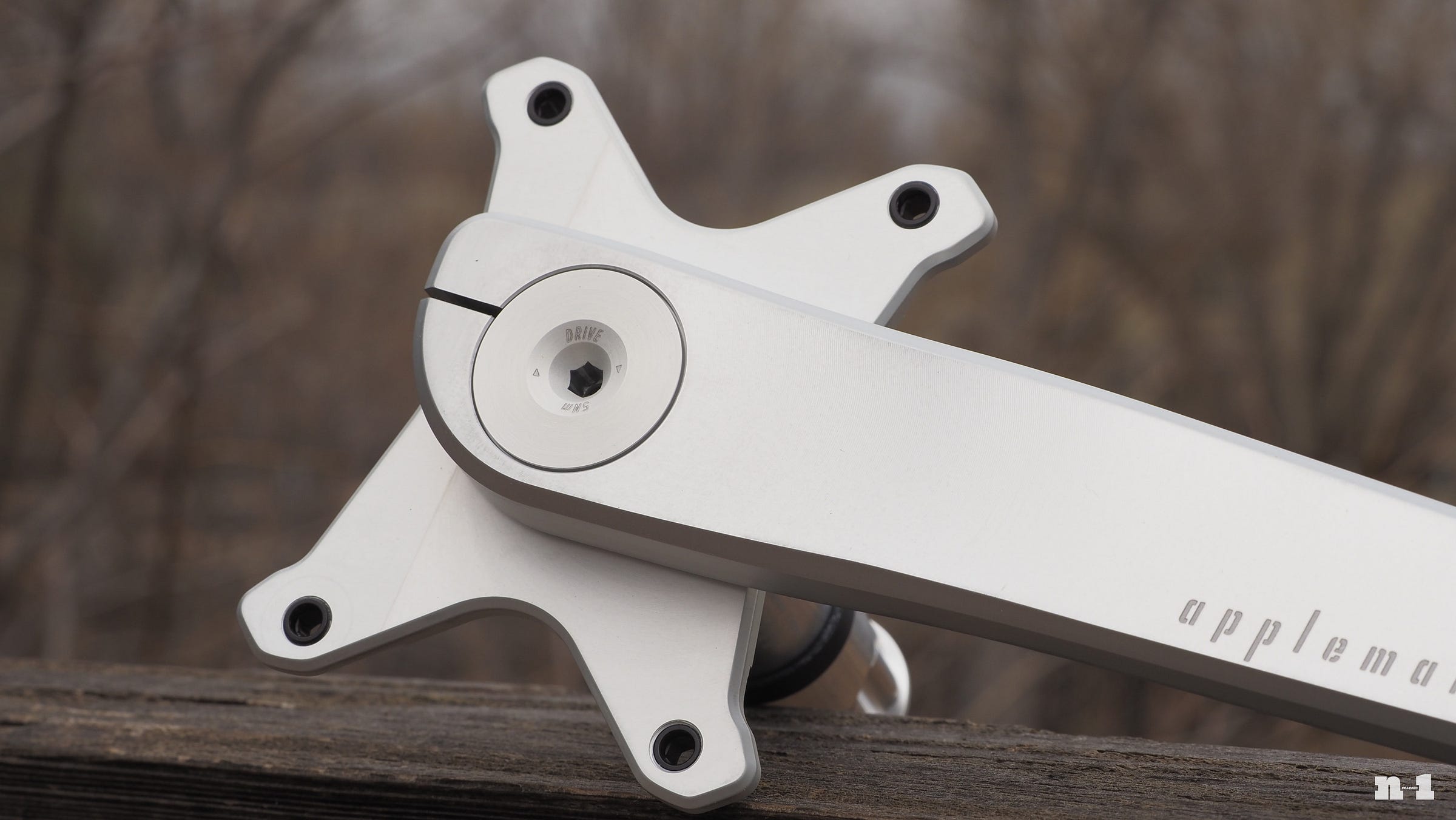
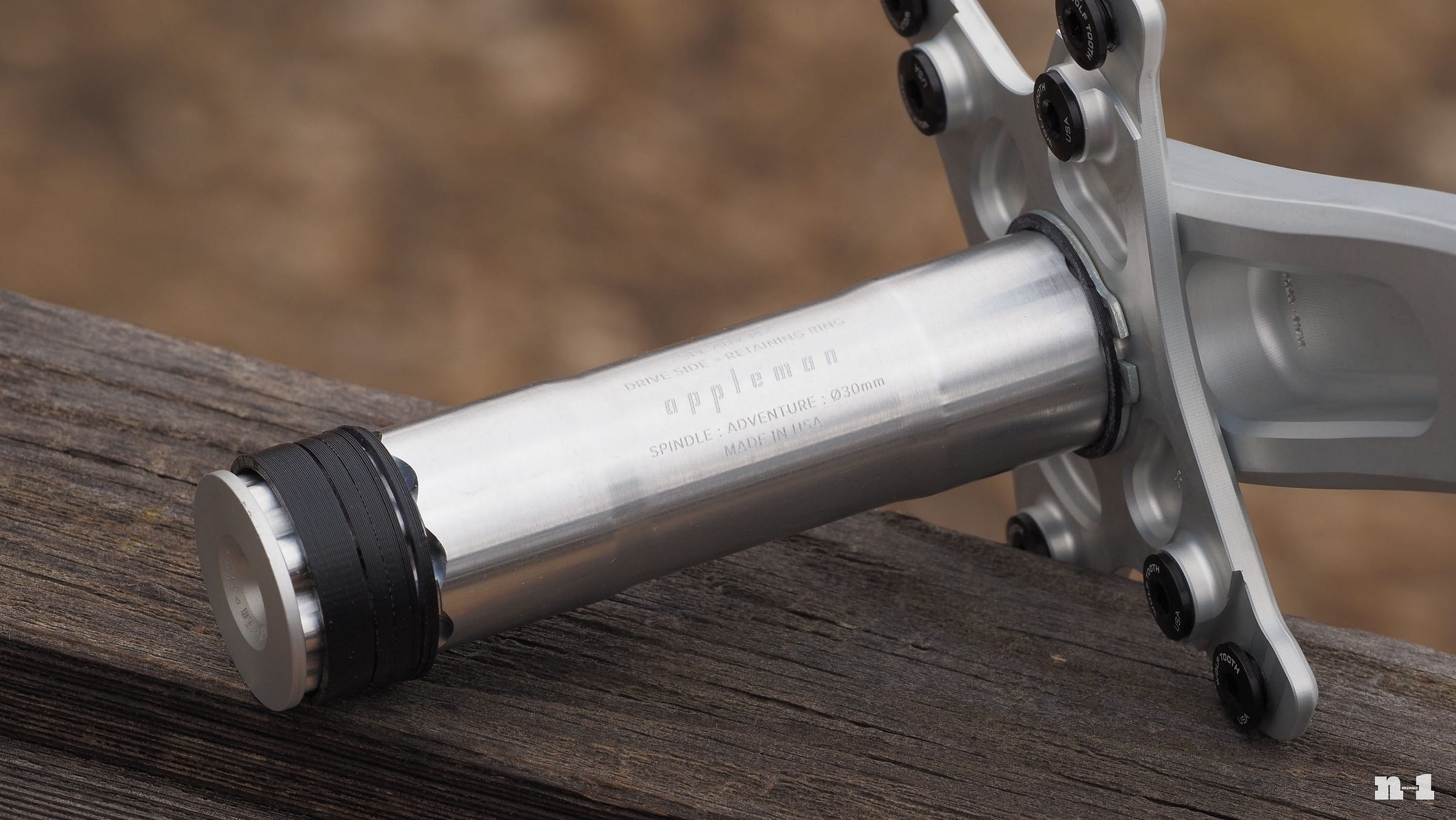

I think the Transmission AXS upgrade kit geared towards people who buy a certain model of a bike that hits a price point/value they are looking for but has mechanical Transmission on it.
Just like car companies with “trims”, bike companies package a lot of things together to try to justify price increases between models. For instance, I’m sure there are plenty of people who are ok with aluminum handlebars and wheels instead of carbon but still want the low maintenance and consistency of electronic shifting.
I have tried the Clik Valve and it is cool. The problem is that it's not so cool that it will convince people to change on in a widespread way. We have like 1000 Schwalbe tubes in boxes in the shop. We are not about to stop and change each one out or more importantly, change each customer's mind about the valve they should use. This could be a better mousetrap.. I actually hope I am wrong.